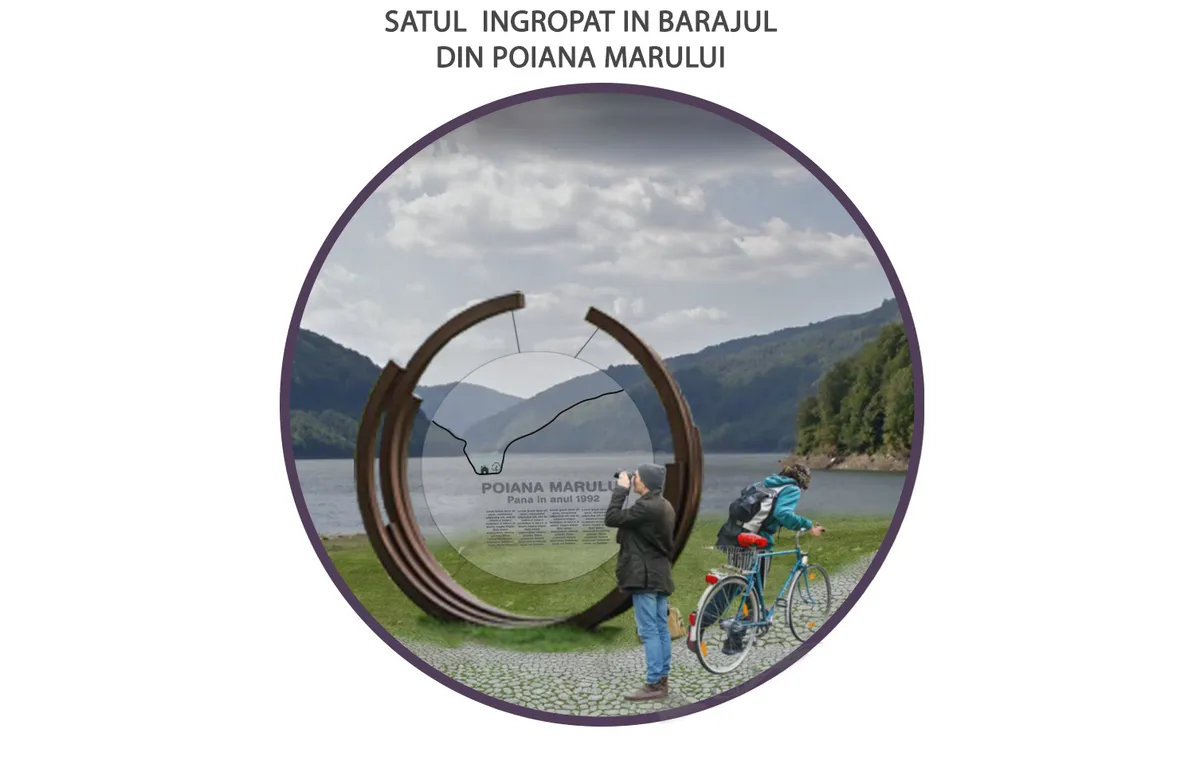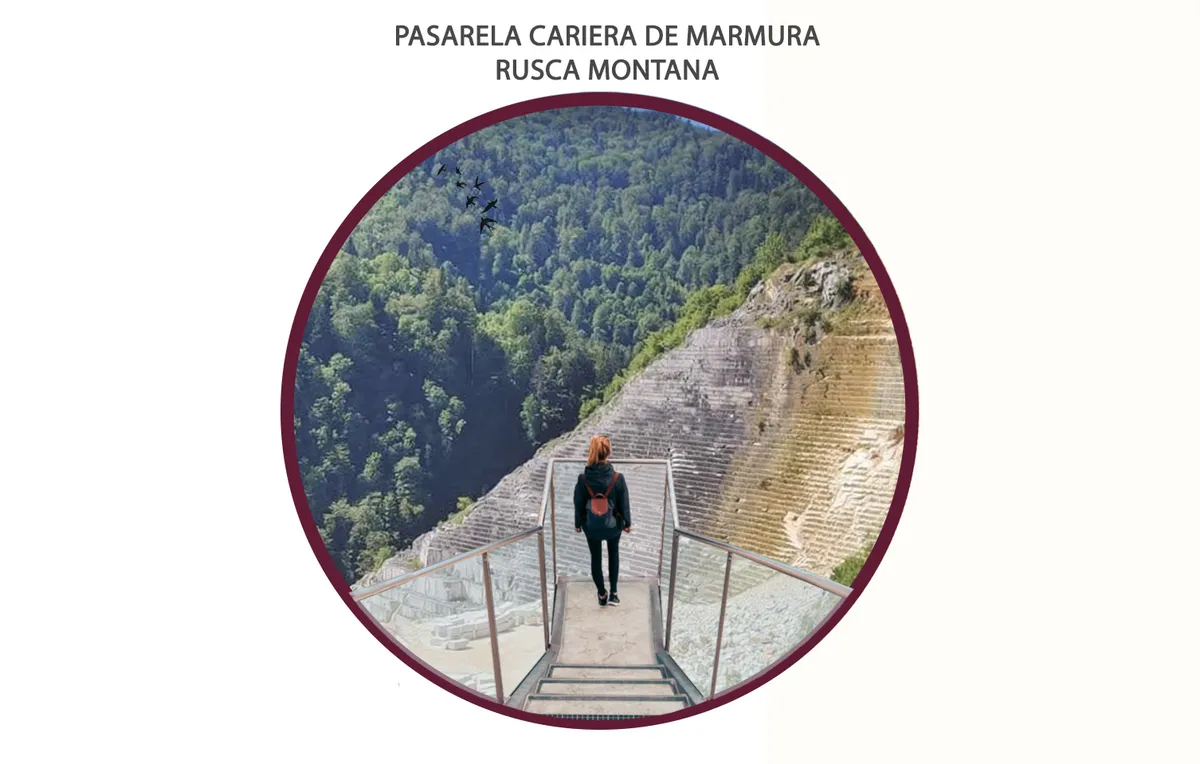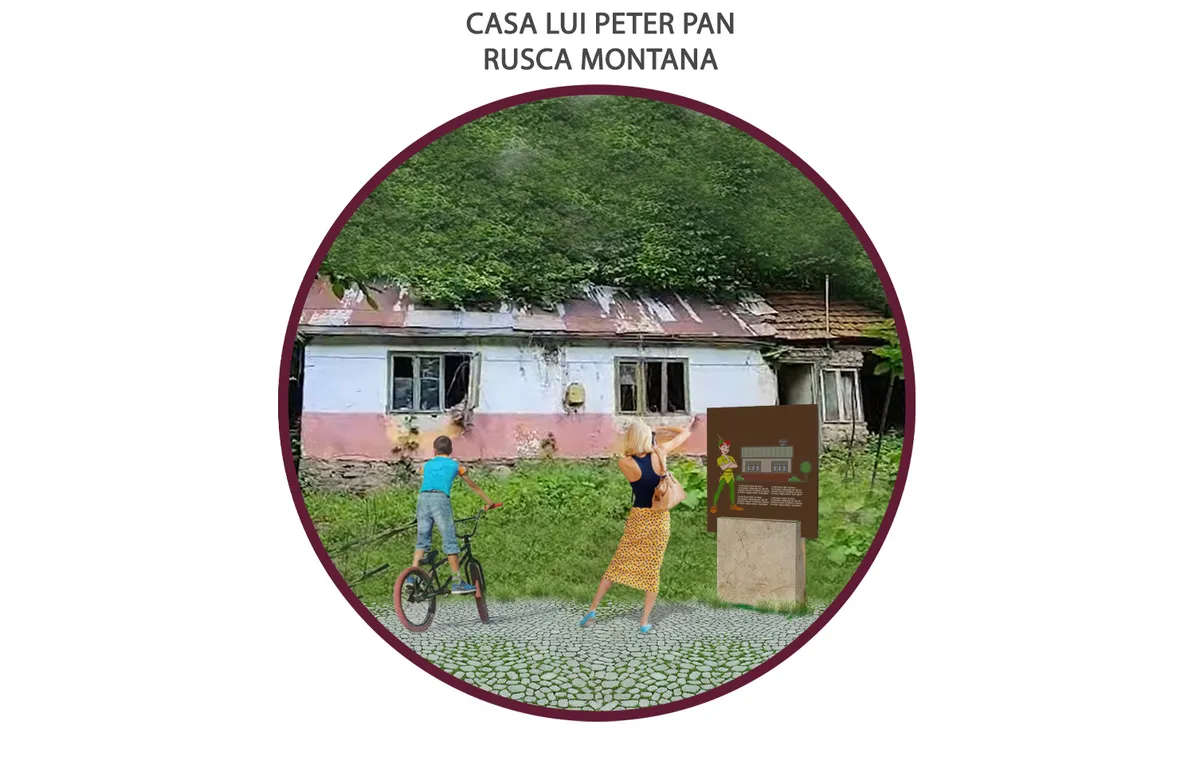
1/10

2/10

3/10

4/10

5/10

6/10

7/10

8/10

9/10

10/10
Graduation Projects
S
Selected
Public Choice Award with 230 of votes
Public Choice Award with 230 of votes

Author(s) / Team representatives
Baila Cristina Florina
Profession
Arhitect
External collaborators
Coordonator stiintific: Dr. Arh. Ana-Maria Branea
Project location
Zona Valea Bistrei aflata pe drumul de legatura dintre Caransebes si Hateg, in judetul Caras Severin, Romania
Project start date
Februarie 2023
Project completion date
Iunie 2023
Photo credits
Baila Cristina, Avram Bota, www.mapire.hu, www.googlemaps.com



